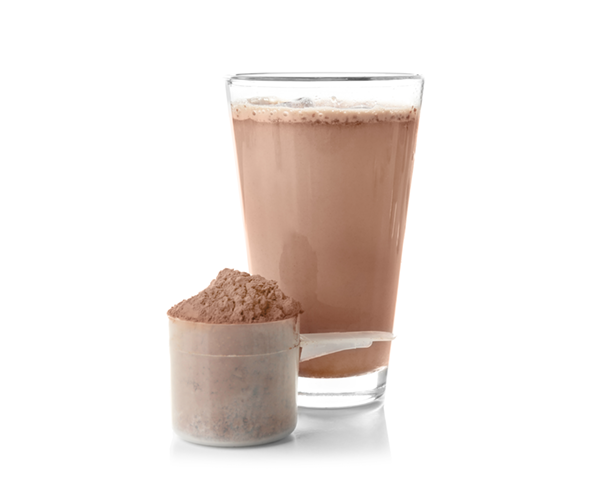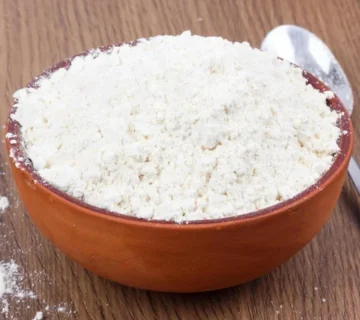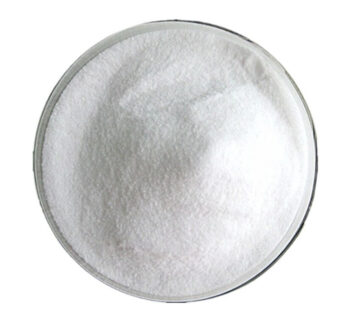The dairy industry thrives on precision, consistency, and taste. Whether you’re producing chocolate milk, flavored yogurts, or high-end dairy desserts, the choice of cocoa powder can define your product’s quality, cost-efficiency, and overall customer satisfaction. But navigating the industrial cocoa market can feel like decoding a secret formula. Which grade ensures smooth blending? How do suppliers differ in consistency and reliability? And what brands truly deliver both performance and value?
In our experience supplying manufacturing facilities across the dairy sector, selecting the right cocoa powder isn’t just a procurement decision—it’s a strategic move that impacts flavor, shelf life, and operational efficiency. In this guide, we’ll break down everything factory managers, production supervisors, and procurement officers need to know about cocoa powder for dairy applications. From technical specifications to industrial best practices, actionable tips, and brand considerations, you’ll gain insights that save both time and money while ensuring your products meet the highest standards.
Understanding Cocoa Powder: Definitions and Fundamentals
Before diving into applications, let’s clarify what cocoa powder really is. Simply put, cocoa powder is the dehydrated, finely ground product obtained from cocoa beans after fat extraction (cocoa butter). For dairy processing, cocoa powder serves multiple roles:
- Flavoring agent: Imparts the rich chocolate taste that consumers expect.
- Colorant: Provides the appealing deep brown hue in beverages, yogurts, and desserts.
- Functional ingredient: Influences texture, viscosity, and mouthfeel, particularly in milk-based formulations.
There are two main types relevant to dairy production:
- Natural Cocoa Powder – Acidic, strong flavor, light brown color, commonly used in beverages.
- Dutched (Alkalized) Cocoa Powder – Treated with an alkalizing agent, resulting in smoother, darker powder with reduced acidity, ideal for consistent mixing in dairy matrices.
LSI keywords: dairy cocoa formulations, cocoa powder types, alkalized cocoa for milk, chocolate dairy processing
Unique Benefits of Cocoa Powder in Dairy Manufacturing
Investing in high-quality cocoa powder brings tangible benefits beyond flavor.
1. Flavor Consistency
Nothing frustrates a production manager more than variability in taste. Premium cocoa powders—especially brands like Latamarko, with Spanish-engineered processing standards—deliver uniform flavor profiles batch after batch, reducing corrective adjustments during blending.
2. Functional Performance
Cocoa powder interacts with milk proteins, sugars, and stabilizers. Choosing the right grade prevents sedimentation in beverages, graininess in yogurts, or uneven color in dessert coatings. Our experience shows that carefully sourced powders maintain viscosity and suspension, minimizing downtime on production lines.
3. Shelf-Life Enhancement
Certain cocoa powders contain antioxidants and naturally occurring compounds that help preserve product integrity, especially in refrigerated or ultra-pasteurized dairy products. Selecting powders with controlled moisture levels reduces microbial risks and prolongs flavor stability.
Common Misconceptions in Industrial Cocoa Procurement
Even seasoned procurement officers sometimes overlook these key points:
- More expensive isn’t always better: While premium brands like Latamarko excel in consistency, mid-tier options from MT Royal’s range can provide excellent performance at competitive costs. The key is understanding functional requirements versus marketing claims.
- All cocoa powders are interchangeable: Natural and Dutched powders behave differently in milk systems. Misalignment can result in clumping, uneven coloration, or bitter aftertaste.
- Bulk packaging doesn’t equal bulk savings: Improper storage or inconsistent supplier quality can erase any cost advantage, leading to reprocessing costs.
Selecting the Right Cocoa Powder: Actionable Guide
Here’s a step-by-step approach tailored for production facilities:
Step 1: Define Product Requirements
- Flavor profile: Natural vs. Dutched
- Color intensity: Light vs. dark cocoa
- Viscosity considerations for liquid products
Step 2: Analyze Supplier Capabilities
- Reliability in delivery and batch consistency
- Range of grades and moisture content control
- Compliance with food safety standards (ISO, HACCP)
At MT Royal, we supply a comprehensive range of brands to accommodate varying production needs, ensuring both cost-effectiveness and high-quality outcomes.
Step 3: Pilot Testing
Always conduct small-batch trials before full-scale production. This step identifies interactions with milk proteins, stabilizers, and sugar levels, avoiding costly production halts.
Step 4: Scale-Up and Quality Control
Implement standardized QC tests for moisture, fat content, and particle size. Automated sampling and analytical tools ensure every drum of cocoa powder matches specifications, keeping your product consistent.
Industrial Tips and Pro Insights
- Temperature management: Cocoa powder absorbs moisture and odors quickly. Store below 20°C in airtight containers.
- Mixing techniques: High-speed mixers or pre-dispersing powders in a small volume of liquid improves solubility and prevents lumps in large dairy tanks.
- Supplier partnerships: Establish communication channels with suppliers. We’ve seen factories significantly reduce downtime by coordinating forecasted orders and receiving batch documentation in advance.
Real-Life Manufacturing Anecdotes
Consider a mid-size yogurt facility struggling with sedimentation in chocolate-flavored yogurts. After switching to a premium Dutched cocoa powder from a Spanish supplier like Latamarko, the plant noted:
- 40% reduction in clumping incidents
- Improved color consistency
- Decreased need for stabilizers
Another example: A chocolate milk production line was constantly adjusting viscosity due to variable cocoa batches. By standardizing on an MT Royal-certified supplier, the plant achieved predictable texture, reduced ingredient waste, and faster line speeds.
Comparison Table: Cocoa Powder Grades for Dairy
| Feature | Natural Cocoa | Dutched Cocoa | Premium European (Latamarko) |
|---|---|---|---|
| pH Level | 5.0-6.0 | 7.0-8.0 | 7.5-8.0 |
| Color | Light brown | Dark brown | Deep dark brown |
| Flavor | Strong, acidic | Smooth, mild | Balanced, rich, consistent |
| Solubility in milk | Moderate | High | Very high |
| Ideal for | Beverages | Dairy desserts | High-end chocolate dairy lines |
| Cost Efficiency | Moderate | Moderate | Premium |
Industry-Specific Considerations
- Batch size optimization: Large-scale operations benefit from suppliers like MT Royal that offer scalable packaging.
- Regulatory compliance: Ensure cocoa powders meet local and international dairy safety standards.
- Supply chain resilience: European brands, especially Spanish-origin Latamarko, maintain stringent quality control and timely delivery, reducing production risk.
Frequently Asked Questions (FAQ)
Q1: Can I use natural cocoa powder in all dairy products?
A: It’s possible, but Dutched cocoa is often preferred for chocolate milk and yogurts due to smoother solubility and milder acidity.
Q2: How does cocoa powder affect milk protein stability?
A: Acidic natural cocoa can precipitate proteins if not balanced with alkalinity or stabilizers. Dutched powders mitigate this risk.
Q3: What storage conditions are ideal?
A: Keep in cool, dry, airtight conditions. Avoid high humidity and direct sunlight to prevent clumping and flavor degradation.
Q4: Why choose European or Spanish-origin brands?
A: Brands like Latamarko excel in consistency, solubility, and flavor stability due to strict European quality standards. They are ideal for premium product lines where consistency is paramount.
Final Thoughts
Selecting cocoa powder for your dairy production is both an art and a science. Balancing flavor, functional performance, cost-efficiency, and supply reliability is key. Partnering with knowledgeable suppliers like MT Royal ensures access to a wide range of grades and brands, while leveraging premium options from Spanish manufacturers such as Latamarko provides a competitive edge in high-end dairy lines.
Your next batch of chocolate milk or chocolate yogurt could be defined by this decision. Are you prioritizing cost, consistency, or premium performance? Making an informed choice today can save hours of production adjustments tomorrow.







No comment